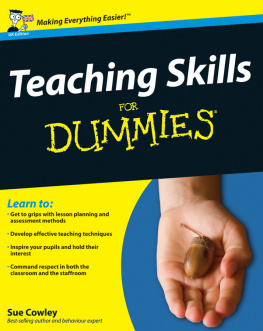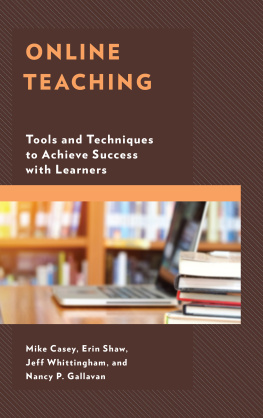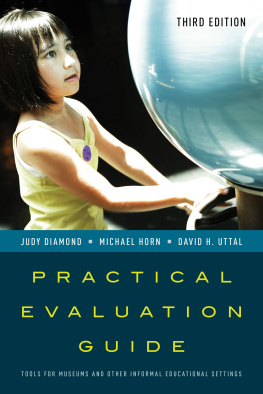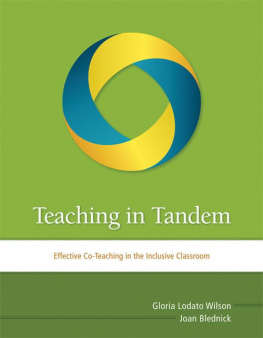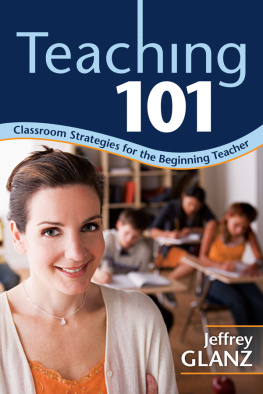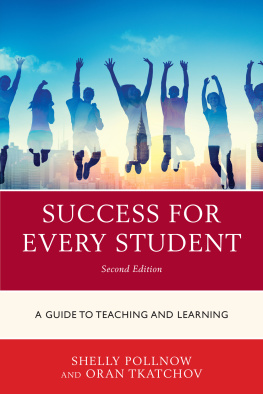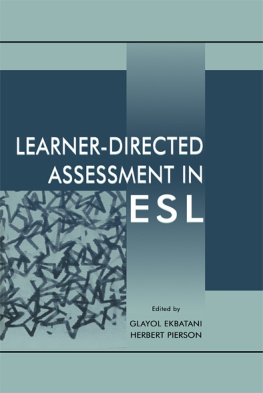About the Authors
Dr. Leila Jahangiri completed her BDS at Kings College, University of London, England; followed by her DMD, Certificate in Prosthodontics, and Masters of Medical Sciences (MMSc) degrees from Harvard School of Dental Medicine.
Since 1991, she has been an active clinician, researcher, and teacher with a continuing history of grants and peer-reviewed publications. She was on the original team that helped to convert Harvard School of Dental Medicines curriculum to problem-based learning (PBL). Having taught undergraduates and residents at Harvard, the University of Medicine and Dentistry of New Jersey, and New York University College of Dentistry, her expertise has evolved into developing innovative curriculum and focusing on teaching effectiveness.
Currently, she is a Clinical Associate Professor, and since 2002 has been the Chair of the Department of Prosthodontics at New York University College of Dentistry. She is an active member of many professional organizations, serving on advisory boards and strategic education committees.
Tom Mucciolo is President of MediaNet, Inc., a Presentation Skills Company in New York City (www.medianet-ny.com). As a recognized industry expert regarding visual communications, he has served as a presentation skills consultant for major corporations since 1985, concentrating on the scripting, visual design, and delivery skills associated with presentations.
Tom is the co-author of five books: Purpose, Movement, Color (MediaNet, Inc.), and four Special Edition Using Microsoft PowerPoint editions: 2000, 2002, 2003, and 2007 (Macmillan/Pearson/MediaNet). Tom is the designer and featured speaker on two interactive CDs (Mechanics-Basic Skills, Media-Design Skills), covering delivery and design skills. He is chiefly responsible for the development of MediaNets ShowSTARTER, an artificial intelligence software program for designing business visuals.
In 2005, Tom joined the faculty of New York University, as an adjunct assistant professor, working with Dr. Leila Jahangiri, his co-author and colleague at NYU, to complete extensive research on teaching/presentation effectiveness. He has collaborated on several peer-reviewed journal articles on teaching effectiveness, evaluation, and scholarship.
It is never too late to be what you might have been.
George Eliot
References
CHAPTER 1
1. Jahangiri L, Mucciolo TW. Characteristics of effective classroom teachers as identified by students and professionals: A qualitative study. Journal of Dental Education 2008:72(4):48493.
2. Berliner DC. Learning about and learning from expert teachers. InternationalJournal of Educational Research 2001:35(5):46382.
3. Berk RA. Survey of 12 strategies to measure teaching effectiveness. International Journal of Teaching and Learning in Higher Education 2005:17(1):4862.
4. Jahangiri L, Mucciolo TW, Choi M, Spielman AI. Assessment of teaching effectiveness in US dental schools and the value of triangulation. Journal of Dental Education 2008:72(6):70718.
5. Abrami PC, dApollonia S, Cohen PA. Validity of student ratings of instruction: What we know and what we do not. Journal of Educational Psychology 1990:82(2): 21931.
6. Aleamoni LM. Student rating myths versus research facts from 1924 to 1998. Journal of Personnel Evaluation in Education 1999:13(2):15366.
7. Cashin WE. Student ratings of teaching: Uses and misuses. In: Associates PS, ed., Changing practices in evaluating teaching: A practical guide to improved faculty performance and promotion/tenure decisions. Bolton, MA: Anker, 1999:2544.
8. dApollonia S, Abrami PC. Navigating student ratings of instruction. American Psychologist 1997:52(11):1198208.
9. Eiszler CF. College students evaluations of teaching and grade inflation. Research in Higher Education 2002:43(4):483501.
10. Emery CR, Kramer TR, Tian RG. Return to academic standards: a critique of student evaluations of teaching effectiveness. Quality Assurance in Education 2003:11(1):3746.
11. Greenwald AG. Validity concerns and usefulness of student ratings of instruction. American Psychologist 1997:52(11):118286.
12. Greimel-Fuhrmann B, Geyer A. Students Evaluation of Teachers and Instructional QualityAnalysis of Relevant Factors Based on Empirical Evaluation Research. Assessment & Evaluation in Higher Education 2003:28(3):22938.
13. Havelka D, Neal CS, Beasley F. Student evaluation of teaching effectiveness: What criteria are most important. Paper presented at the annual Lilly Conference of College Teaching, Miami University, Oxford, OH, 2003.
14. Howard GS, Conway CG, Maxwell SE. Construct validity of measures of college teaching effectiveness. Journal of Educational Psychology 1985:77(2):18796.
15. Lewis KG. Techniquesandstrategiesforinterpretingstudentevaluations. San Francisco: Jossey-Bass, 2001.
16. Millea M, Grimes PW. Grade expectations and student evaluation of teaching. College Student Journal 2002:36(4):58290.
17. Read WJ, Rama DV, Raghunandan K. The relationship between student evaluations of teaching and faculty evaluations. Journal of Education for Business 2001:76(4): 18992.
18. Shevlin M, Banyard P, Davies M, Griffiths M. The validity of student evaluation of teaching in higher education: Love me, love my lectures? Assessment & Evaluation in Higher Education 2000:25(4):397405.
19. Sojka J, Gupta A, Deeter-Schmelz D. Student and faculty perceptions of student evaluations of teaching: A study of similarities and differences. College Teaching 2002: 50(2):4449.
20. Sproule R. The underdetermination of instructor performance by data from the student evaluation of teaching. Economics of Education Review 2002:21(3):28794.
21. Theall M, Abrami PC, Mets LA. Thestudentratingsdebate:Aretheyvalid?How can we best use them? San Francisco: Jossey-Bass, 2001.
22. Trinkaus J. Studentscourse and faculty evaluations: An informal look. Psychological Reports 2002:91(3, Pt 1):988.
23. Wachtel HK. Student evaluation of college teaching effectiveness: A brief review. Assessment & Evaluation in Higher Education 1998:23(2):191212.
24. Seldin P. Self-evaluation: What works? What doesnt? In: Seldin PA, ed., Changing practices in evaluating teaching. Bolton, MA: Anker Pub. Co., 1999:97113.
25. Berk RA, Naumann PL, Appling SE. Beyond student ratings: Peer observation of classroom and clinical teaching. International Journal of Nursing Education Scholarship 2004:1(1):126.
26. Cederblom D, Lounsbury JW. An investigation of user acceptance of peer evaluations. Personnel Psychology 1980:33(3):56779.
27. Doyle KO, Crichton LI. Student, peer, and self evaluations of college instructors. Journal of Educational Psychology 1978:70(5):81526.
28. Goldstein J. Making sense of distributed leadership: The case of peer assistance and review. Educational Evaluation and Policy Analysis 2004:26(2):17397.
29. Irby D. Evaluating instructional scholarship in medicine. JournaloftheAmerican Podiatric Medical Association 1993:83(6):33237.
30. Love KG. Comparison of peer assessment methods: Reliability, validity, friendship bias, and user reaction. Journal of Applied Psychology 1981:66(4):45157.
31. Lee GC, Wu C-C. Enhancing the teaching experience of pre-service teachers through the use of videos in web-based computer-mediated communication (CMC). Innovations in Education and Teaching International 2006:43(4):36980.




